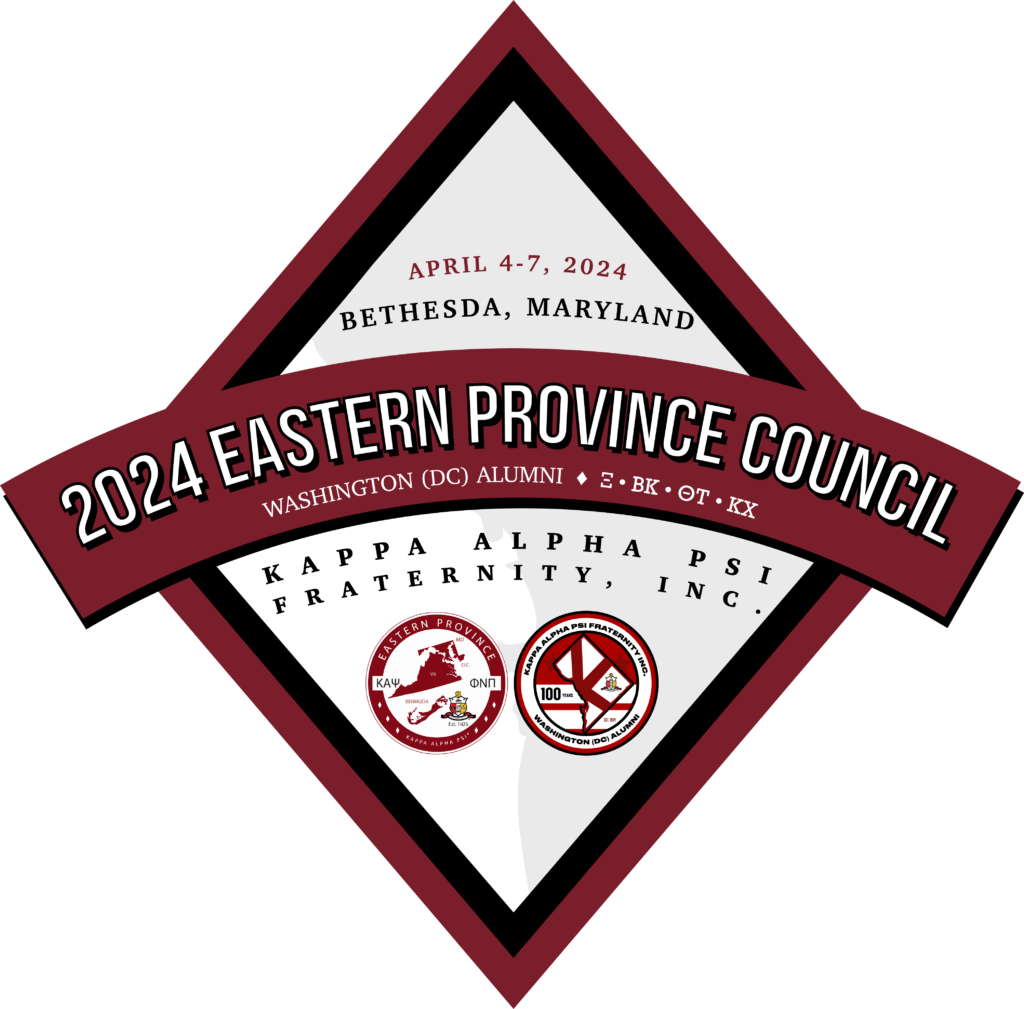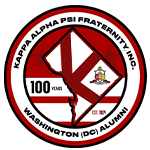About
KAΨ
Bloomington, IN
1911
+
Achievement
+
Elder Watson
Diggs
Kappa Alpha Psi Fraternity, Inc.
Kappa Alpha Psi was founded on the campus of Indiana University on January 5, 1911. The Fraternity’s fundamental purpose is achievement. Early in this century, African-American students were actively dissuaded from attending college. Formidable obstacles were erected to prevent the few who were enrolled from assimilating into co-curricular campus life. This ostracism characterized Indiana University in 1911, thus causing Elder W. Diggs, Byron K. Armstrong, and eight other black students to form Kappa Alpha Psi Fraternity, which remains the only Greek letter organization with its 1st Chapter on the University’s campus.
The founders sought a formula that would immediately raise the sights of black collegians and stimulate them to accomplishments higher than they might have imagined. Fashioning achievement as its purpose, Kappa Alpha Psi began uniting college men of culture, patriotism and honor in a bond of fraternity.
About Our Founders
The Founders were God-fearing, and serious minded young men who possessed the imagination, ambition, courage and determination to defy custom in pursuit of a college education and careers. The ideals of the church were an important foundation of the Fraternity. One of the 5 Objectives of the Fraternity is: “To promote the spiritual, social, intellectual and moral welfare of members.” Many aspects of the Fraternity’s rites are ingrained in Christianity ideals and contain excerpts from the Bible. Elder Watson Diggs and Byron Kenneth Armstrong, had previously attended Howard University and had come into contact with men belonging to the only national Black Greek-Letter Fraternity currently in existence. Their experiences at Howard gave rise to the chief motivating spirits which sowed of the seed for a fraternity at Indiana University and crystallized the idea of establishing an independent Greek-letter organization.
Consequently, eight other men met with Diggs and Armstrong for the purpose of organizing such a fraternity. The charter members were Elder Watson Diggs, Byron K. Armstrong, John M. Lee, Henry T. Asher, Marcus P. Blakemore, Guy L. Grant, Paul W. Caine, George W. Edmonds, Ezra D. Alexander and Edward G. Irvin. The Founders sought one another’s company between classes and dropped by one another’s places of lodging to further discuss the means of formulating the fledgling fraternity in an effort to relieve the depressing isolation. They found that through these close interactions, they had common interests and a close bond began to emerge. The organization was given the temporary name of Alpha Omega, while they further developed the formation of the organization. Diggs presided as president, while Irvin was assigned as temporary secretary of Alpha Omega. Alpha and Omega, the first and the last letters of the Greek alphabet, correlate to Christ and the Founder’s relationship and connection to the church.
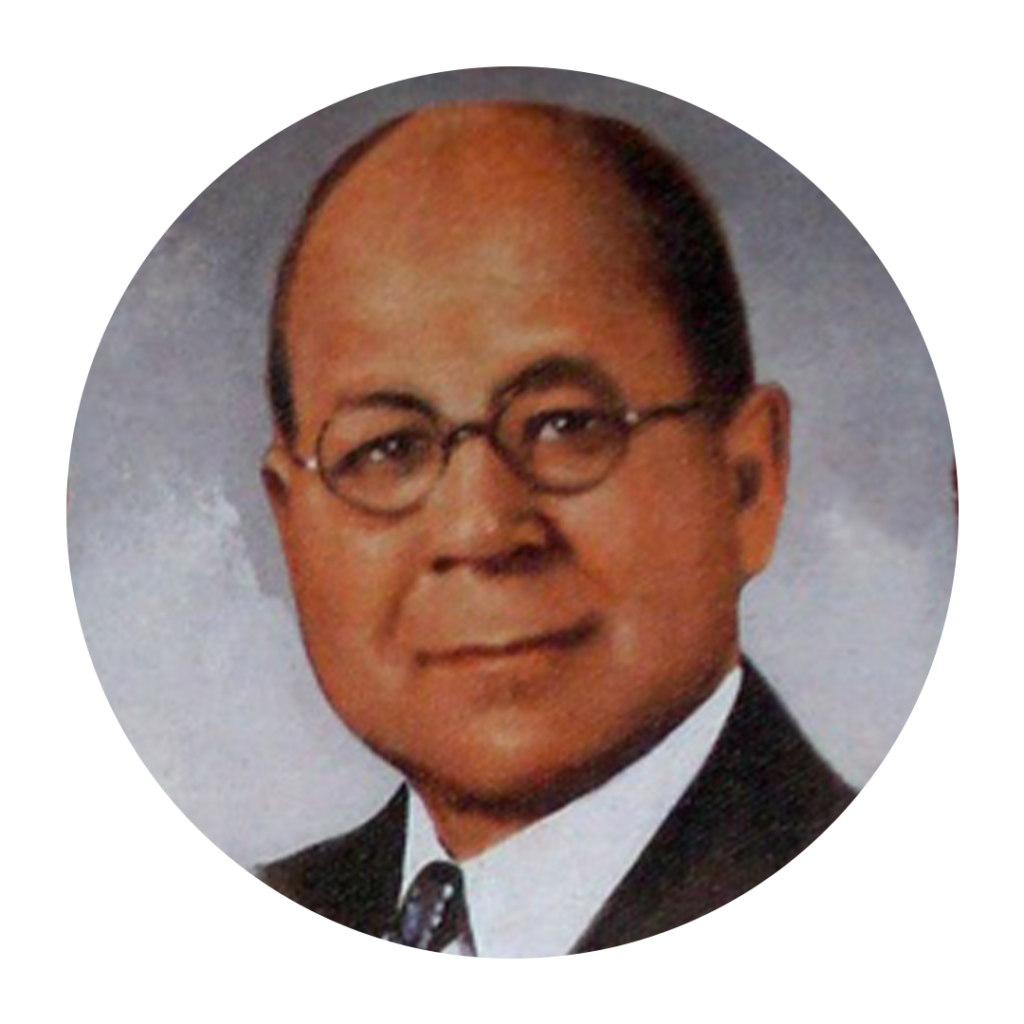
Elder Watson Diggs "The Dreamer"
Elder Watson Diggs (circa 1890-1947) was born in Christian County, Kentucky, and was a graduate of Indiana State Normal (now Indiana State Teachers College) and Indiana University, the birthplace of Kappa Alpha Psi Fraternity. He served as Grand Polemarch for the first six consecutive years of the Fraternity’s existence. For this and other outstanding contributions to the Fraternity, he was awarded the Fraternity’s first Laurel Wreath in December, 1924.
An educator by profession, he taught in the public schools of Indianapolis, Indiana, where he was elevated to a principalship. After his death on November 8, 1947, the name of the school where he taught was changed to the Elder Diggs School in his memory. Upon America’s entrance into World War I, Diggs resigned his principalship to enter the Nation’s first Officer’s Training Camp at Fort Des Moines, Iowa, and was commissioned a lieutenant. After European service with the 368th Infantry, he became a captain in the Reserve Officers Training Corps. Diggs was instrumental in having the Indiana Constitution amended to permit Negro enlistment in the Indiana National Guard.
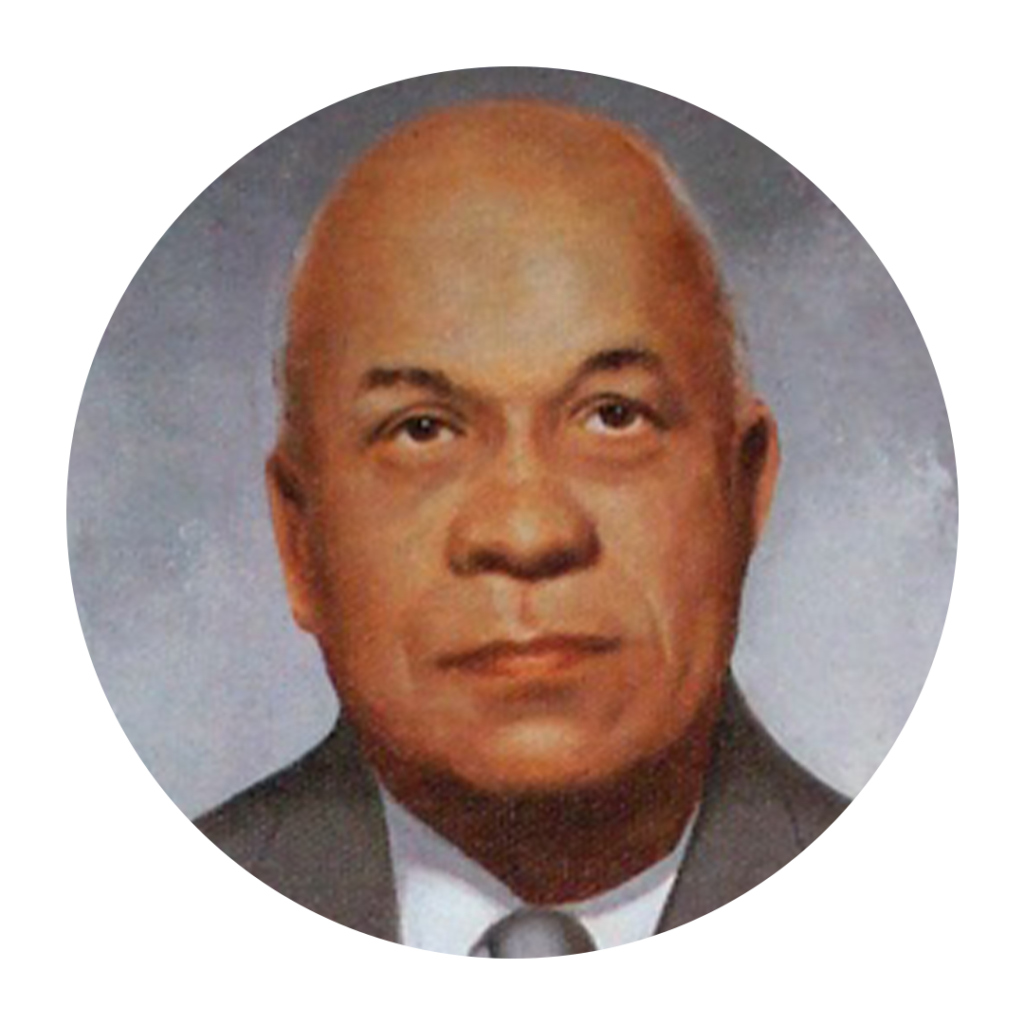
Byron Kenneth Armstrong
Byron K. Armstrong (1890-1980), born in Westfield, Indiana, entered Indiana University where he studied philosophy, mathematics, and sociology. After finishing Indiana University, he earned his Master’s degree at Columbia University in 1913, and subsequently the Doctor of Philosophy degree from the University of Michigan. He held teaching positions in Florida, Indiana, Kansas, and Oklahoma. During World War I, he served as an investigator for the Department of Labor. He was awarded the Laurel Wreath in 1935.
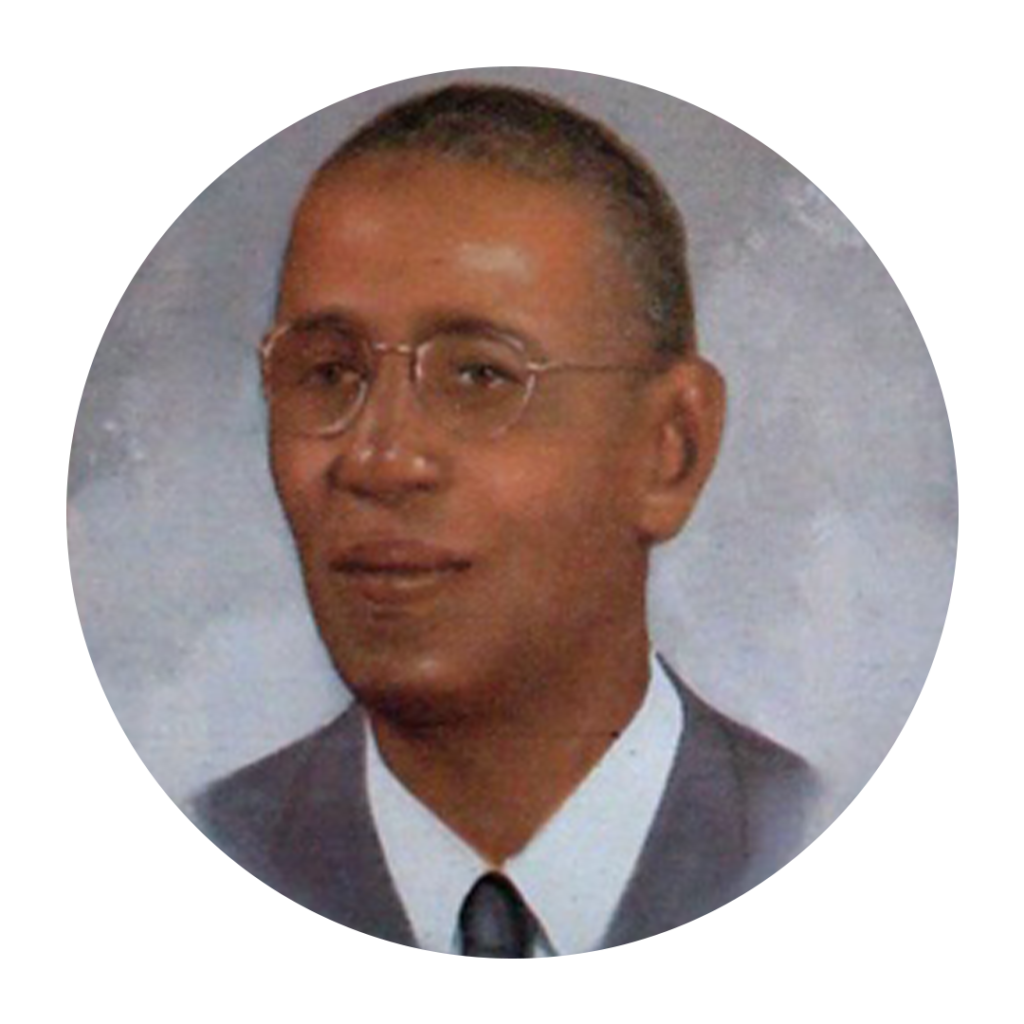
Henry Turner Asher
Henry T. Asher (1892-1963) was born in Woodburn, Kentucky in 1892, and graduated from the Bloomington High School in 1910. He received the degree of Bachelor of Arts from Indiana University in 1914 and the next year was an instructor at Lincoln Institute at Jefferson City, Missouri. He was a graduate student at the University of Minnesota in 1917. He received the degree of LL.B. at the Detroit College of Law in 1928.
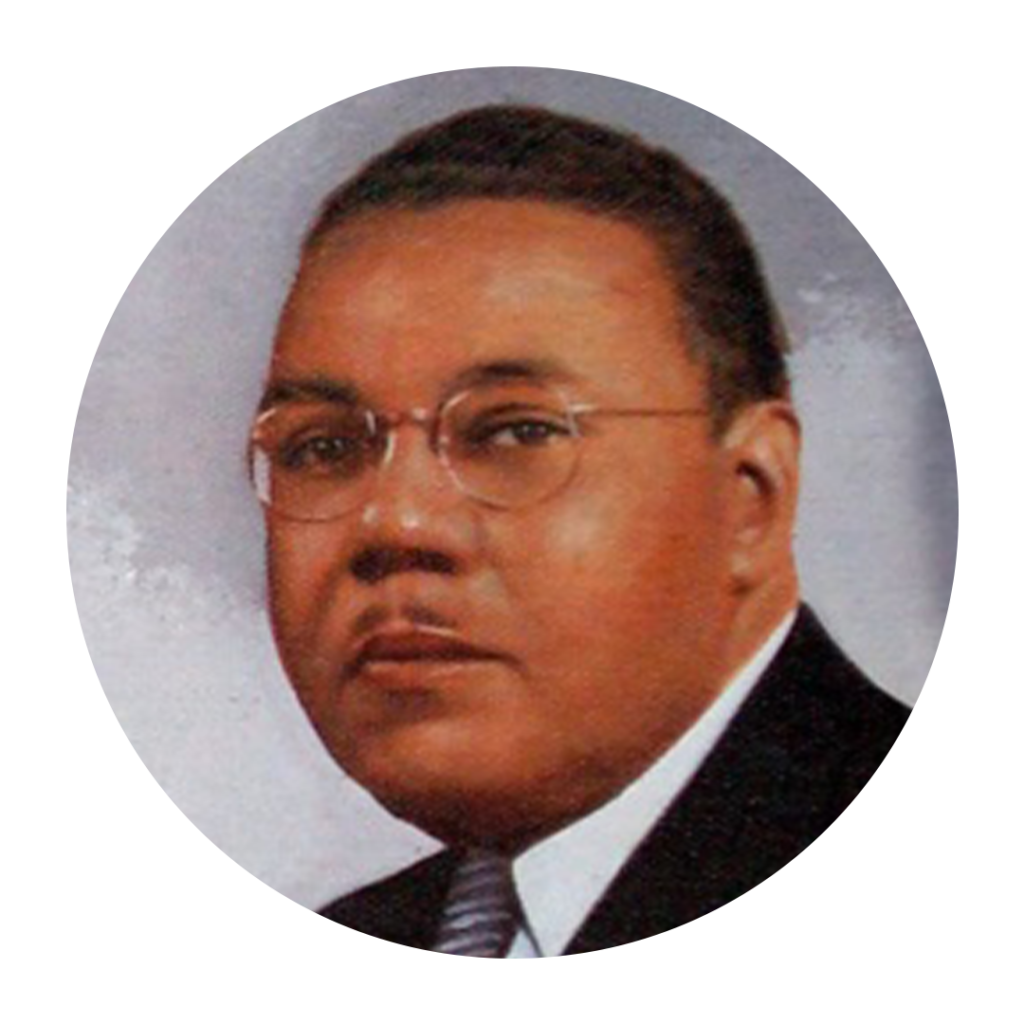
Marcus Peter Blakemore
Marcus Peter Blakemore (1889-1959), born in Franklin, Indiana in 1889, attended common and high schools in Anderson, Indiana. He was graduated from High School in 1909 and entered the University of Indiana the following year. After leaving the University, he organized the Electric Engineering Company, which he operated until he enlisted in World War I. He later entered the Dental School of the University of Pittsburgh, from which he was graduated in 1923.At the time of his death in October 1959, he was residing in Pittsburgh, Pennsylvania, where he maintained his practice of dentistry.
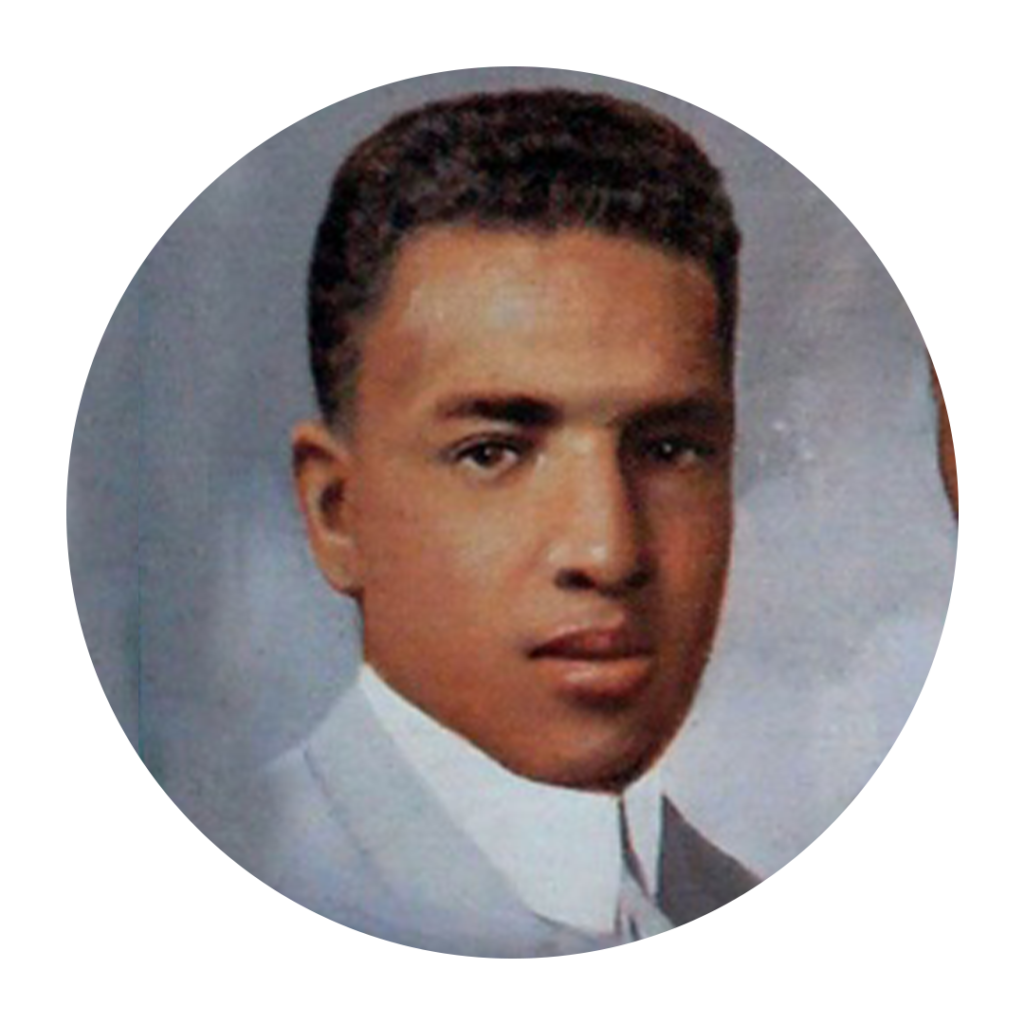
Paul Waymond Caine
Paul Waymond Caine (1891-1922) was born in Charleston, Indiana, in 1891 and attended grade school and high school in Greencastle, Indiana. He enrolled at Indiana University in 1909 and helped the other Founders in organizing Kappa Alpha Nu. Because of a disastrous fire in the Fraternity house in which he was employed, he never finished his sophomore year.
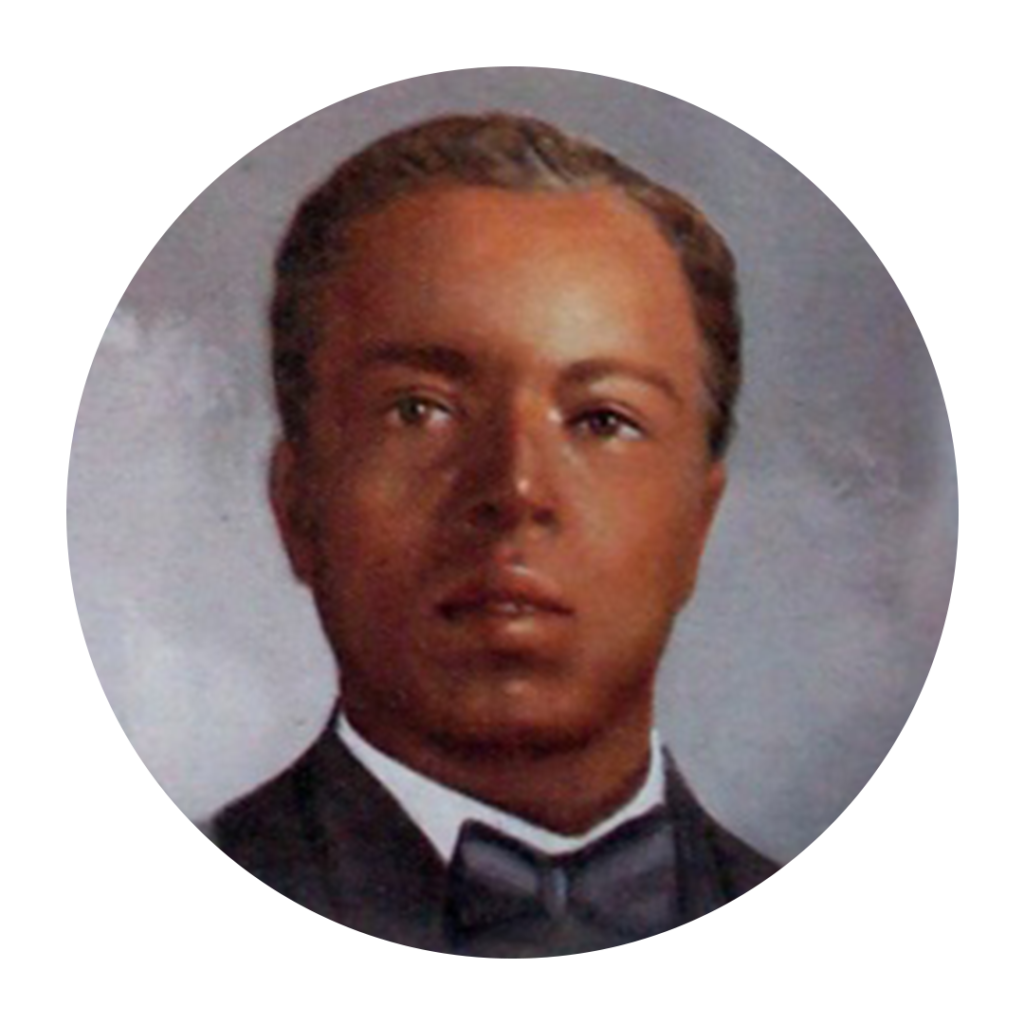
George Wesley Edmonds
George W. Edmonds (1890-1962) was born in Vandenburgh County, Knight Township, Indiana on August 13, 1890. He entered Carver Elementary School and Clark High School in Evansville, graduating in 1910. In the fall of 1910, George entered Indiana University at Bloomington. He joined nine other students in founding Kappa Alpha Psi Fraternity.
After George returned home for the summer of 1911, his father became ill with pneumonia and died. His father had worked in the coal mines of Vandenburgh County for many years. George, being the eldest son, became head of the family, thus preventing his return to school. With the new responsibility of supporting the family, George took a job with the area coal mines and worked with the coal mines and the railroad until he died of pneumonia on June 13, 1962.George married the former Willa Mae Forte and settled in Stevenson, Indiana. They became the parents of one son, Noel.
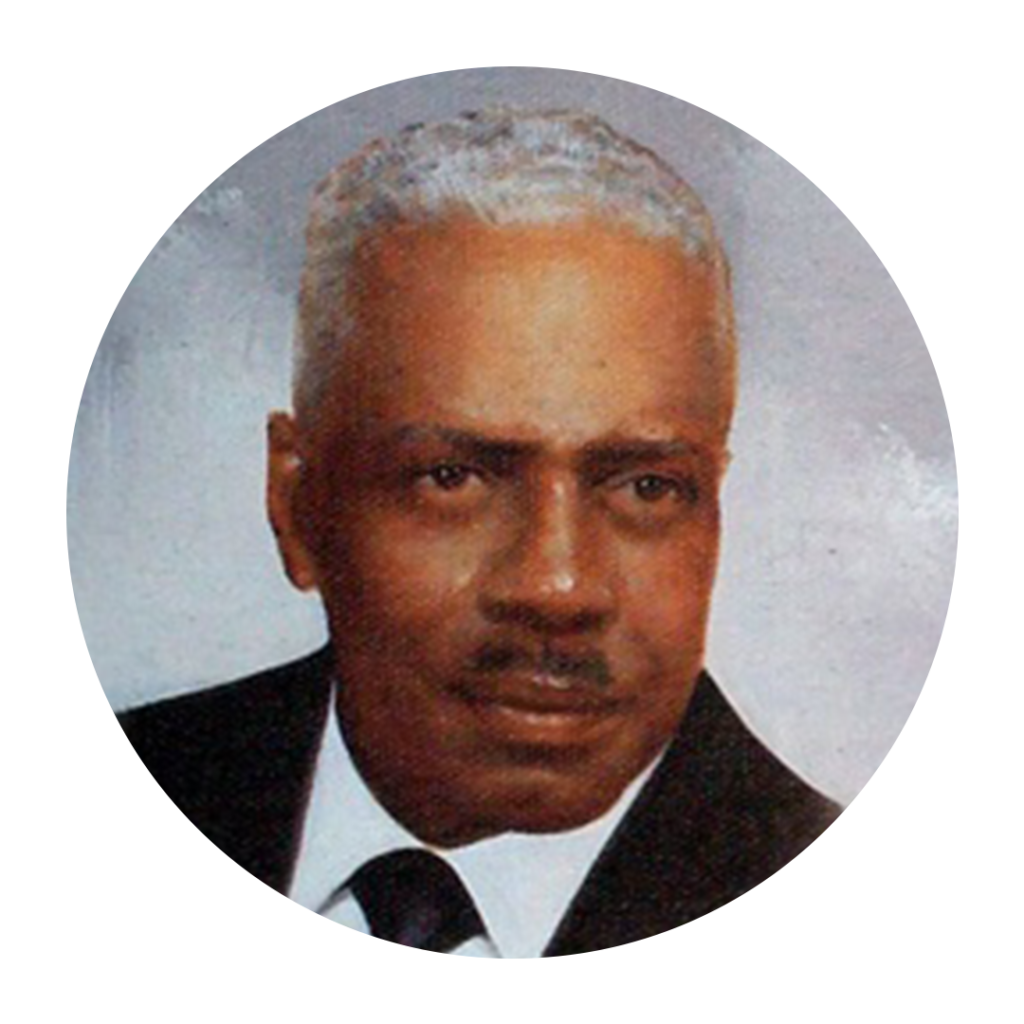
Ezra Dee Alexander
Ezra Dee Alexander (1892-1971) was born in Bloomington, Indiana in 1892, the site of Indiana University. He graduated from Bloomington High School in 1910. He matriculated at Indiana University in the fall of 1910 and graduated from Indiana University in 1917 with the A.B. degree. He received his M.D. degree from the Medical School of Indiana University in 1919. He practiced medicine in Indianapolis. In 1920, he married Mary Hunter, a teacher in the Indianapolis Public School system. Alexander served several terms as a member of the Grand Board of Directors.
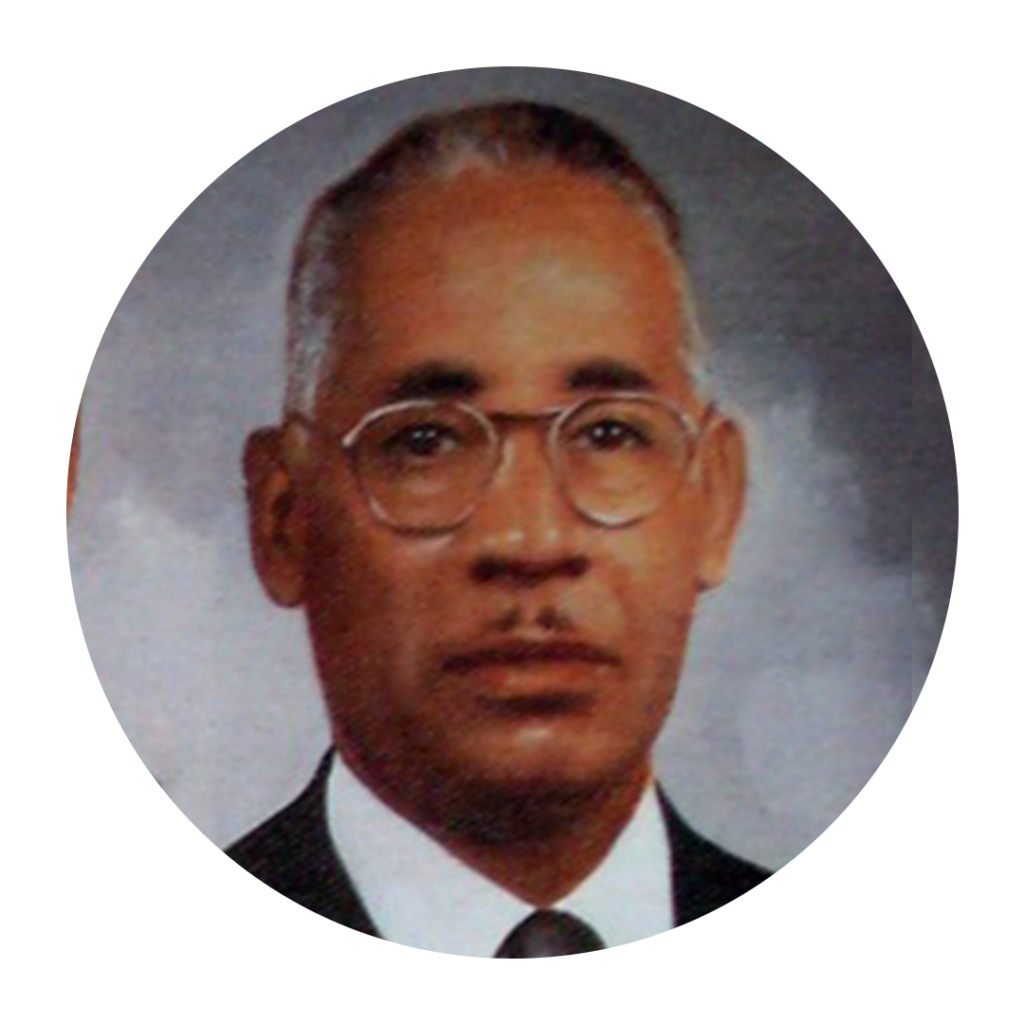
Guy Levis Grant
Guy Levis Grant (1891-1973), born in New Albany, Indiana, attended public schools in that city, graduated from Scribner High School in 1909, and later entered Indiana University. While there, he majored in chemistry, graduating with the A.B. degree in 1915. In 1920, he received the D.D.S. degree from Indiana Dental School, then a part of the University of Indiana; he practiced dentistry in Indianapolis. In 1929, he married Laura Hammons.
He served as a member of the Grand Board of Directors and was the Fraternity’s Historian. In addition to his activities with Kappa Alpha Psi, Brother Grant held memberships in several civic, professional, and business organizations. He was a member of the Second Baptist Church in Indianapolis.
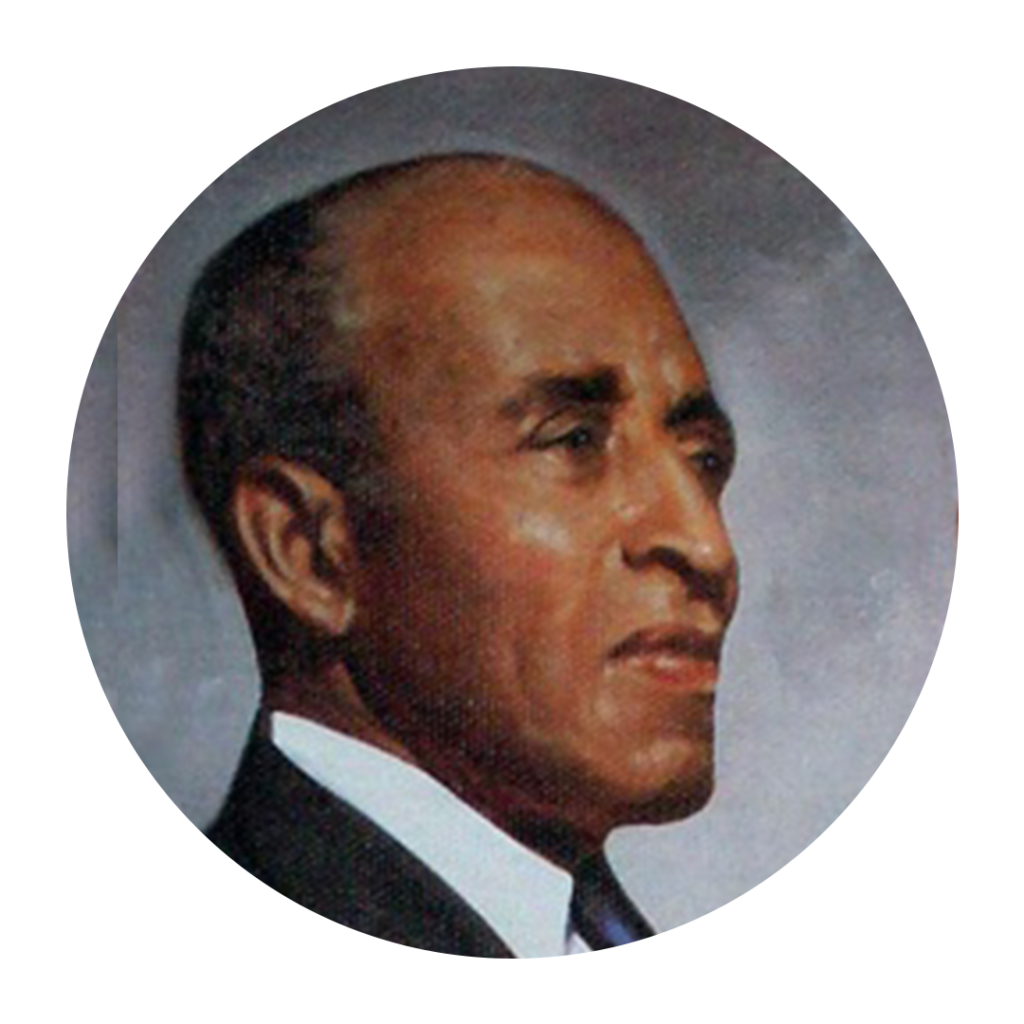
Edward Giles Irvin
Edward Giles Irvin (1893-1983), born in Spencer, Indiana, on August 13, 1893, graduated from Kokomo, Indiana High School in 1910 and entered the University of Indiana the same year. After leaving school, he pursued a Journalistic career in various cities throughout the country until World War I.
Aside from his success as a Journalist, Brother Irvin was a pioneer in promoting basketball and track athletics in the small town schools of Indiana. He was an active member of the Methodist Church of Chicago and a member of the Masonic and Odd Fellows Lodges. He organized and operated the Afro-American Manufacturing Company in Chicago, which produced novelties, candies, and specialties.
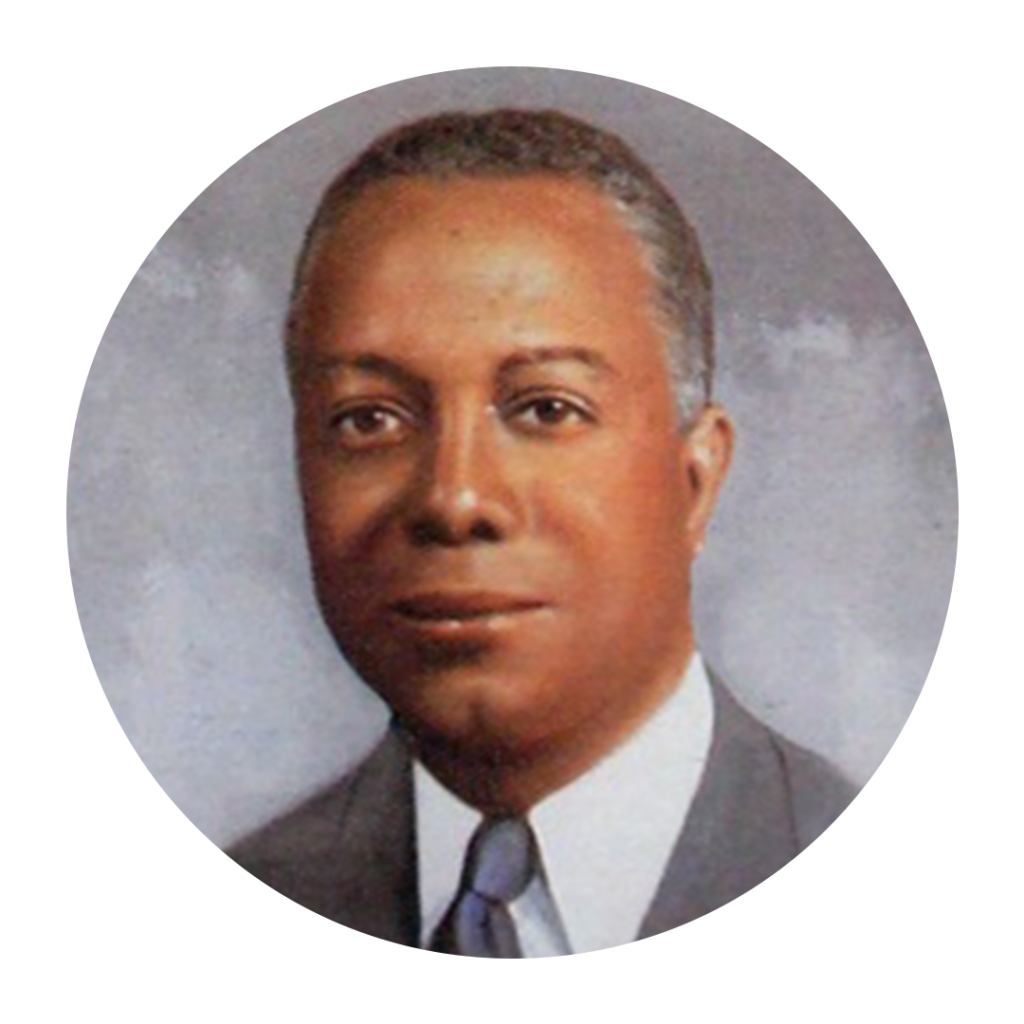
John Milton Lee
John Milton Lee (1890-1958), born in Danville, Indiana, September 7, 1890, was graduated from the Danville High School in 1910 and entered the University of Indiana and there completed three years of pre-medical work. He later became a student at Temple University (1915) but was compelled to leave school because of a death in the family. He enlisted in the 349th Field Artillery in March of 1918 and served overseas as a First Class Sergeant and Gunner. His battery enjoys the unique distinction of having been the first battery of Negro Artillerymen ever to open fire upon an enemy. John Milton Lee fired the first shot.
He helped organize, and for several years was president of the Fairview Gold Club, the first Negro Golf Club in Pennsylvania. In 1931 he married Mary Walker Robinson. Vocationally, he was engaged in several enterprises. For eight years, he conducted a successful catering business in Philadelphia; he organized and served as Vice-president and Secretary of the Mutual Emergency Union, a mutual aid company in Philadelphia. He was also a member of the board of Managers of the Columbia Community Branch of the YMCA.
IHQ
The International Headquarters website provides an overview of all things “Kappa.” Please take the time to visit the website to gain an appreciation of the major initiatives, events, community services, membership information, and great information on the Kappa Foundation (the 501(c)3 philanthropic arm of the fraternity.
John F. Burrell, Executive Director
Daren K. Brantley, Sr., Deputy Executive Director
Trenton A. Nettles, Director of Undergraduate and University Affairs
Gershom D. Davis, Director of Finance
Jason A Hall, Sr., Director of Risk Management
Kevin B. Hankins, Jr., Director of Finance
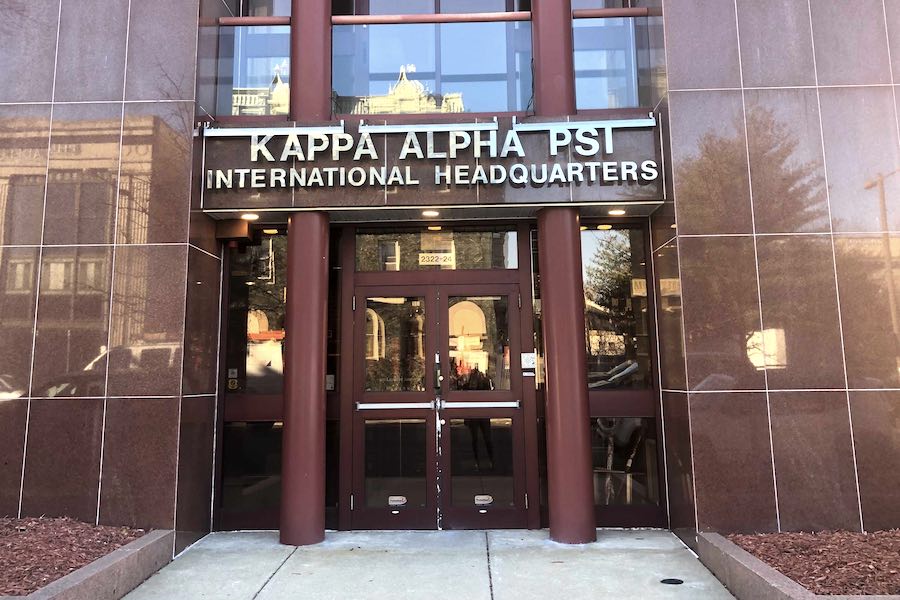
PHI NU PI
1911
Kappa Alpha Psi Fraternity, Inc.
The Eastern Province
The Eastern Province, as a defined region of the Kappa Alpha Psi Fraternity Inc., traces its origin to 1925. Earl B. Dickerson, the fifth Grand Polemarch of Kappa Alpha Psi, appointed John Miller Marquess the first Eastern Province Polemarch following the adjournment of the 15th Grand Chapter Meeting in December 1925.
Brother Marquess was a charter member of the Langston-Oklahoma City Alumni Chapter in 1922 and the third president of the Langston University [1916-23]. At the time of his appointment, he was pursuing an advanced degree at Columbia University and a member of the Columbia University Chapter, the Omicron of Kappa Alpha Psi.
The boundaries of the Province have by no means been constant. In 1925, the Province included chapters as far north as Boston, MA, and as far south as Washington, DC. During the tenure of Dr. James E. Allen, the fifth Eastern Province Polemarch [1933-34], the northern border was New York and the southern border was Durham, NC. However, for most of its existence, the area comprising the Eastern Province has been the state of Maryland, the District of Columbia, and the Commonwealth of Virginia. Today, the territory also includes the island of Bermuda.
Richard B. Mattox, 30th Eastern Province Polemarch
Paul Robinson, Senior Province Vice Polemarch
Chief Bentil, Junior Province Vice Polemarch
